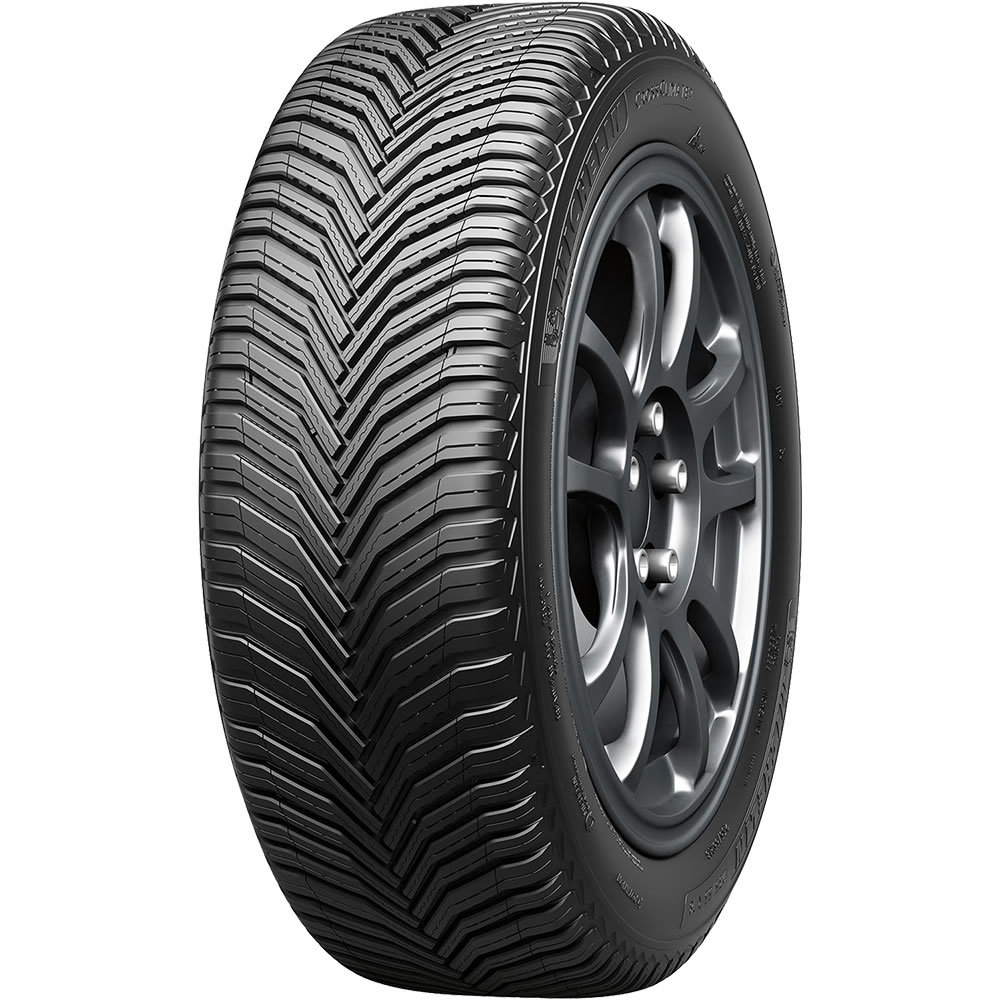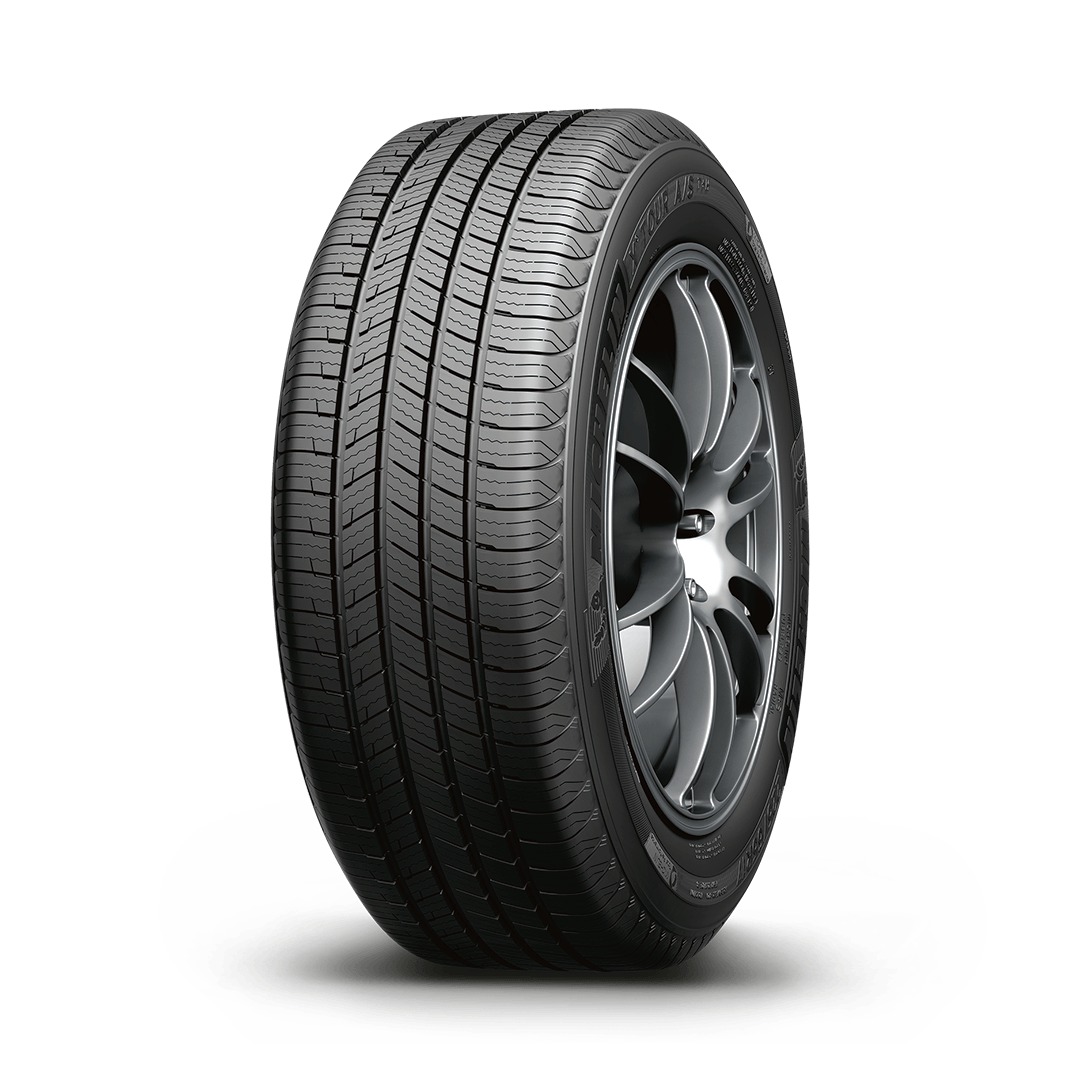All-Weather vs All-Season Tires
All-Weather vs All-Season Tires
Thanks to advances in the tires industry, categorization of tires has been significantly changed for all-weather vs all-season tires. For instance, all-weather tires weren’t such a thing 5 years ago. Yet, lately, they’ve started to take place of all-season tires. Well, maybe not entirely, but hey, they’re a better option for most car and SUV owners.
In this article, I’ll briefly explain the difference between all-season and all-weather tires. Let me give you a tiny clue, northern people will love all-weather tires!
All-Season Tires
All-season tires had a significant market share for many years. Due to their wide usage range, customers prefer them for all year-long performance. However, there’s a massive misunderstanding in the market.
Even though the name states the opposite, all-season tires are built to perform for three seasons, summer, fall, and spring. Unfortunately, that’s the truth.
The reason behind it is simple, tire compound. Think about winter tires; their tread life significantly decreases when you use them in warm to hot weather conditions. The situation is quite similar out here. All-season tires’ compound performs adequately under 7 Celsius (45 F°). Under this temperature, the compound tends to get firmer, which significantly impacts the grip. Therefore, most drivers will experience a sliding, slippery traction problem in winter driving with all-season tires on.
Even though it seems a bit simple, tires are one of the most complex parts of vehicles. It’s almost impossible to make a perfect tire. Therefore, manufacturers have different target markets for different products.
To summarize, all-season tires provide:
- A relatively long tread life.
- Decent traction for wet and dry pavement.
- A comfortable ride.
However, they aren’t suitable for winter conditions.
All-Weather Tires

All-weather tires are the rising star of the tire industry. These tires are designed with one goal. No matter what the weather is, these tires provide traction! These tires are a combination of winter and all-season tires. In other words, they add the missing element of winter tire performance with no potential downside.
Unlike all-season tires, all-weather tires are marked with 3PMSF. This marking is proof of severe winter performance (severe winter conditions cover deep snow and icy road surfaces). Fancy, right?
Due to their relatively soft compound and more aggressive pattern design, all-weather tires can provide tons of traction in any condition—however, there is a trade-off.
While soft compounds slightly decrease a tire’s tread life, aggressive pattern designs can sometimes cause a noisier ride.
So, if you see harsh winter conditions from time to time or live in the northern regions, you’ve got two options. You can combine your all-season tire with a winter tire changeout. Or sacrifice a bit from the comfort and tread life and go with all-weather tires year-round.
All-Weather vs All-Season Tires, Which Should You Choose?
Let's sum up the differences.
Winter performance is the most significant difference.
While it's snowing, all-season tires can take you to the closest parking area or, worse yet... off the road in need of a tow. However, all-weather tires can take you home. All-weather tires have a unique traction capability in mild winter conditions. Moreover, they have a not perfect but decent performance in severe winter conditions like ice and deeper snow. If you live in a northern region where it snows consistently and all winter long, you're better off changing out your tires for actual snow tires. You may even opt to have them studded while you're at it.
All-weather tires have a more aggressive pattern design due to improving traction. However, that causes a bit noisier ride in dry and warm conditions. Yet, some all-weather tires like Michelin Crossclimate 2 overcome this issue and become one of the best all-weather tires on the market.
All-season tires are lighter and have lower rolling resistance. Therefore, they have better MPG as well. It's always a trade-off and depends on what is most important to you, your budget, and your family.
All-weather tires' compounds maintain their stickiness in every condition; however, all-season tires begin to lose grip under 45 degrees Fahrenheit (7° C).
All-Weather Tires | All-Season Tires |
|---|---|
Conclusion
All-weather and all-season tires meet different customer expectations. If you follow the table below, you may find which is better for your usage!
Where to Use All-Weather vs All-Season Tires?
All-Weather | All-Season |
|---|---|
All-weather tires may just be a perfect option for you. You may lose a bit from tread life but you'll always enjoy year-round traction in most all conditions.
Was this article useful to you? If yes, please comment below.About the Author
Tech Guy
Automotive enthusiast, passionate about Jeeps, hot-rods, turbos, performance, efficiency, diesels, fuels, high performance oils, additives and anything with an engine.


